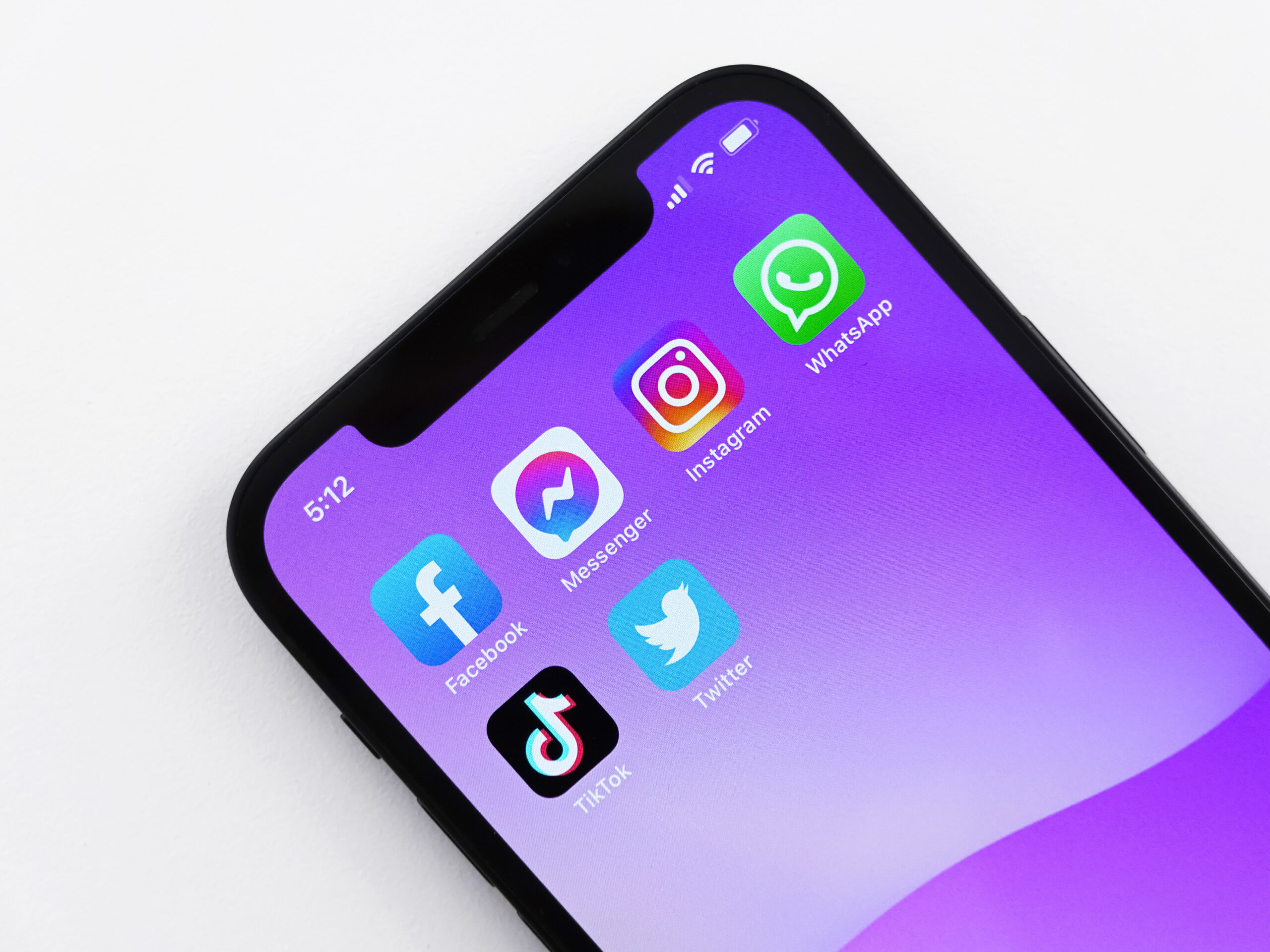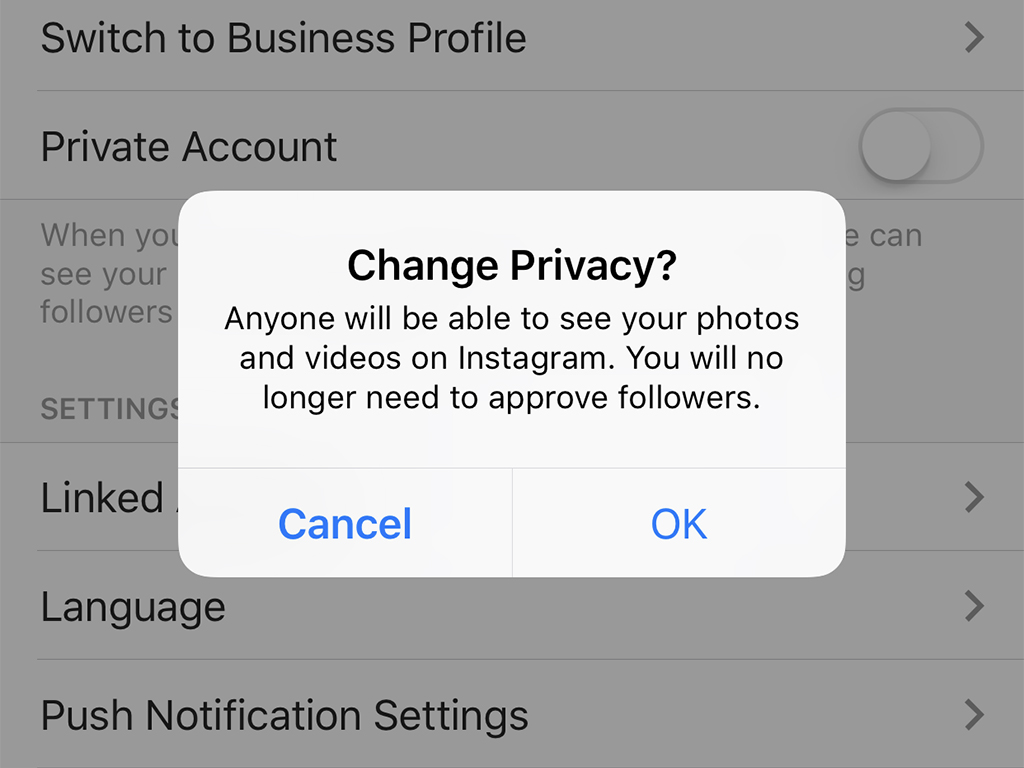

This story has been updated. It was originally posted on February 16, 2017.
Most of us are aware that we need to be careful with what we post on social media, but do you know exactly who can see your recent vacation photos and status updates? Here are the privacy controls you need to know about on four of the biggest social networks.
How to make your Facebook posts private

Whenever you post something on Facebook—whether on the web or in a mobile app—there’s an audience selector drop-down menu nearby (usually just set to “Friends”). This gives you precise control over who can see your next post, photo, or check-in.
Tap or click the drop-down to see more options. You can make your posts public (so anyone can see them), restrict their visibility to certain friends, or even post updates that only you can see. You can also create your own lists of friends: Go to Facebook in a web browser, click Friends in the sidebar to the left of the News Feed, then Custom Lists, and select Create List.
If you’re prepared to put in the time to create your own lists—and many of us aren’t—you can create all sorts of combinations. You might want some updates to be seen just by people at work, or only your sports club, or everyone on your friends list except your ex (with whom you’re still connected for whatever reason).
You might be justified in complaining about some of Facebook’s data collection policies, but there’s no doubt the site actually does a comprehensive job when it comes to letting you choose who can see your posts. It’s just a question of taking the time to set up the friends lists you need and applying them. You should note that once you’ve made a choice (like “work friends”), that setting stays in place for all your future posts, until you change it again.
Tagging adds more complications to your privacy options. If you tag a friend or two in a photo, all of their friends will be able to see the posts as well. The same goes when you post something on someone else’s profile page: The audience is set by that person, not by you. This doesn’t mean you need to forgo sharing entirely—just bear in mind that tagged images can be seen by people outside your intended audience.
As for public posts, there are certain updates (like your profile picture) that are always public by default, so anyone who happens across your profile page can see them. To check what information you’ve made public, head to your profile page on Facebook, click the menu button (three dots) on the right under the edit profile button, and choose View As from the menu that appears. If sensitive posts still show up, simply change their visibility settings.
How to make posts private on Instagram and Twitter

Instagram and Twitter have similar privacy settings for posts—and you don’t get the same sort of granular control you do on Facebook. On both services, your account, and everything you post from it, is in one of two states: public or private. There are, however, some privacy-focused tools built into each platform that offer you a little bit of audience management power (we’ll get to those at the end of this section).
But in general, for your profile and posts, public is exactly what it sounds like: anyone can open up your Instagram or Twitter page and view all of your posts. Here’s Barack Obama’s Instagram. Here’s Beyoncé’s Twitter. Other people don’t have to be your friends or connected to you on these sites to see your public posts. In fact, they don’t even have to be on Instagram or Twitter at all—they just need a web browser.
[Related: Why the web version of Instagram is better than the app]
Of course, your humdrum tweets are unlikely to get worldwide attention, even if they are public. But if you want to hide your posts on these networks from the wider world, you need to make your whole account private. On Twitter in a web browser, tap More, Settings and privacy, Privacy and safety, Audience and tagging, and check the box next to Protect your Tweets. In the app, the steps are the same, but you start by tapping your profile picture and end with a toggle switch instead of a check box.
On Instagram, tap your profile picture in the app, then the menu button (three lines) in the top right, followed by Settings and Privacy. Finally, turn on the toggle switch next to Private Account.
The effect is the same in both cases: No one can see your tweets or Instagram posts unless you’ve specifically approved them as a friend. And if you switch from a public to a private account, all your existing friends will automatically get approved along the way.
While this breaks some of the functionality of these networks—you can’t retweet a private tweet, for example—it’s the only way to keep your main profile hidden from the wider world.
We mentioned some exceptions earlier, and they’re Instagram’s Close Friends and Twitter’s feature that lets you choose who can reply to your tweets. The former is the most privacy-focused, because it makes your Instagram Story posts (the ones that stick around for only 24 hours) invisible to anyone who isn’t on a curated list. To create a Close Friends list, go to your Instagram profile, tap the menu button (three lines), then Close Friends to start selecting followers for your list. Later, when you want to post something to a Story only those people should see, choose Close Friends from the bottom of the screen instead of Your story.
On Twitter, you can restrict tweet replies to people you follow, only people you mention, or leave it open for everyone. When you draft a tweet, this option is under the text field and if you have a public account it probably says “Everyone can reply.” Tap this to choose something else. Everyone on Twitter will be able to see your post, only your chosen audience will be able to reply.
How to make a TikTok post private
TikTok has made a big splash in the world of social media, and this video app’s approach to privacy blends a bit of Facebook, Twitter, and Instagram. If you want to keep your whole account private and post videos only your followers can see, tap Profile in the bottom right-hand corner of the app, then the menu button (three lines) in the top right, followed by Settings and privacy, and Privacy. Then turn on the toggle switch next to Private account. Once you put up this wall, you’ll get to manually approve any new followers, but your existing ones will stay. From this same screen, you can also poke through the app’s safety options and decide who can comment on your videos and otherwise interact with you.
To make individual posts private, create a video as you would normally, and when you get to the last page (the one with a big red “post” button at the bottom), tap Who can watch this video. A menu will appear and you can choose from Everyone, Friends (followers you follow back), and Only me.
Even with all these settings in place, you should still be careful—screenshots of your updates can still be grabbed and shared by any of the friends you approve. By this metric, of course, nothing you post online is truly private.
